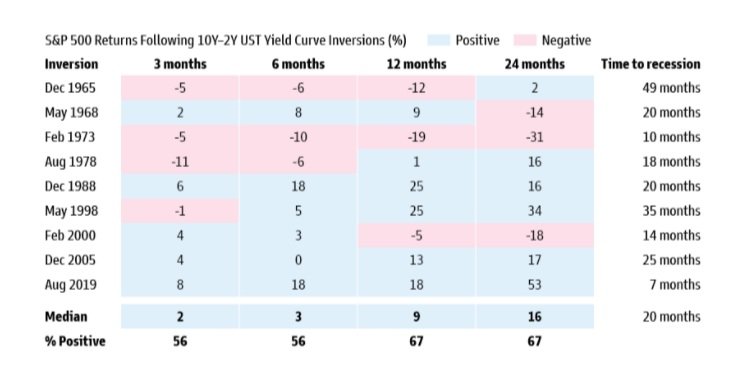 Contributed by: Kali Hassinger, CFP®, CSRIC™
Contributed by: Kali Hassinger, CFP®, CSRIC™
During periods of market volatility and uncertainty, it's important to remain committed to our long-term financial goals and focus on what we can control. A sound long-term investment plan should expect and include a period of negative market returns. These periods are inevitable and often can provide the opportunity to tax-loss harvest, which is when you sell an investment asset at a loss to reduce your future tax liability.
While this sounds counter-intuitive, taking some measures to harvest losses strategically allows those losses to offset other realized capital gains. Any remaining excess losses are used to offset up to $3,000 of non-investment income. If losses exceed both capital gains and the $3,000 allowed to offset income, the remaining losses can be carried forward into future calendar years. This can go a long way in helping to reduce tax liability and improving your net (after-tax) returns over time. This process, however, is very delicate, and specific rules must be closely followed to ensure that the loss will be recognized for tax purposes.
Harvesting losses doesn't necessarily mean you're entirely giving up on the position. When you sell to harvest a loss, you can't purchase that security within the 30 days before and after the sale. If you do, you violate the wash sale rule, and the IRS disallows the loss. Despite these restrictions, there are several ways you can carry out a successful loss harvesting strategy.
Tax-Loss Harvesting Strategies
Sell the position and hold cash for 30 days before re-purchasing the position. The downside here is that you're out of the investment and give up potential returns (or losses) during the 30-day window.
Sell and immediately buy a similar position to maintain market exposure rather than sitting in cash for those 30 days. After the 30-day window is up, you can sell the temporary holding and re-purchase your original investment.
Purchase the position more than 30 days before you try to harvest a loss. Then after the 30-day time window is up, you can sell the originally owned block of shares at the loss. Specifically identifying a tax lot of the security to sell will open this option up to you.
Common Mistakes to Avoid When Harvesting
Don't forget about reinvested dividends. They count. If you think you may employ this strategy and the position pays and reinvests a monthly dividend, you may want to consider having that dividend pay to cash and reinvest it yourself when appropriate, or you'll violate the wash sale rule.
Purchasing a similar position and that position pays out a capital gain during the short time you own it.
Creating a gain when selling the fund you moved to temporarily wipe out any loss you harvest. You want to make the loss you harvest meaningful or be comfortable holding the temporary position longer.
Buying the position in your IRA. This violates the wash sale rule and is identified by social security numbers on your tax filing.
Personal circumstances vary widely, as with any specific investment and tax planning strategies. It's critical to work with your tax professional and advisor to discuss more complicated strategies like this. If you have questions or if we can be a resource, please reach out!
Kali Hassinger, CFP®, CSRIC™ is a Financial Planning Manager and CERTIFIED FINANCIAL PLANNER™ professional at Center for Financial Planning, Inc.® She has more than a decade of financial planning and insurance industry experience.
The foregoing information has been obtained from sources considered to be reliable, but we do not guarantee that it is accurate or complete, it is not a statement of all available data necessary for making an investment decision, and it does not constitute a recommendation. Any opinions are those of the Kali Hassinger, CFP®, CSRIC™ and not necessarily those of Raymond James. While we are familiar with the tax provisions of the issues presented herein, as Financial Advisors of RJFS, we are not qualified to render advice on tax or legal matters. You should discuss tax or legal matters with the appropriate professional.
























